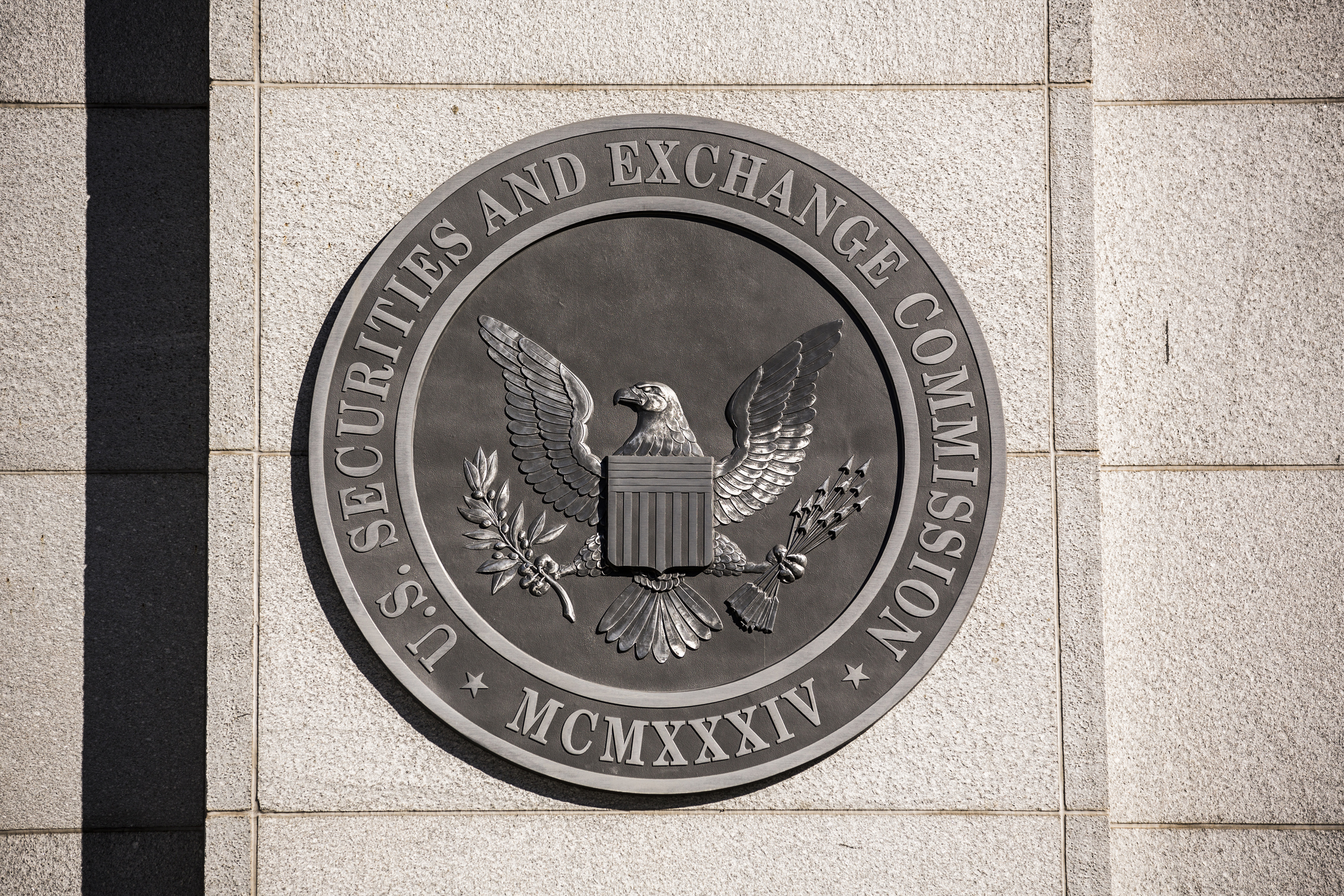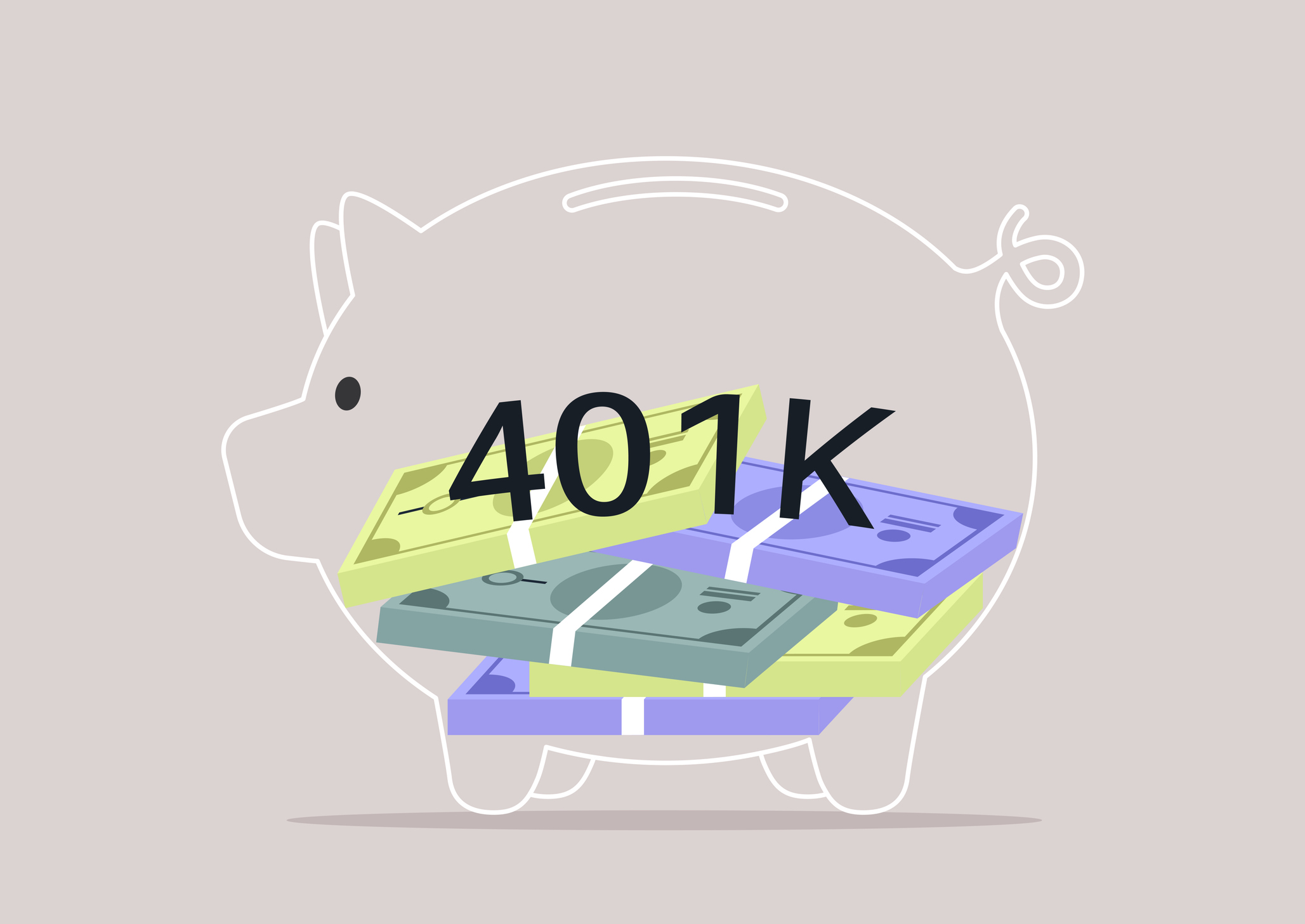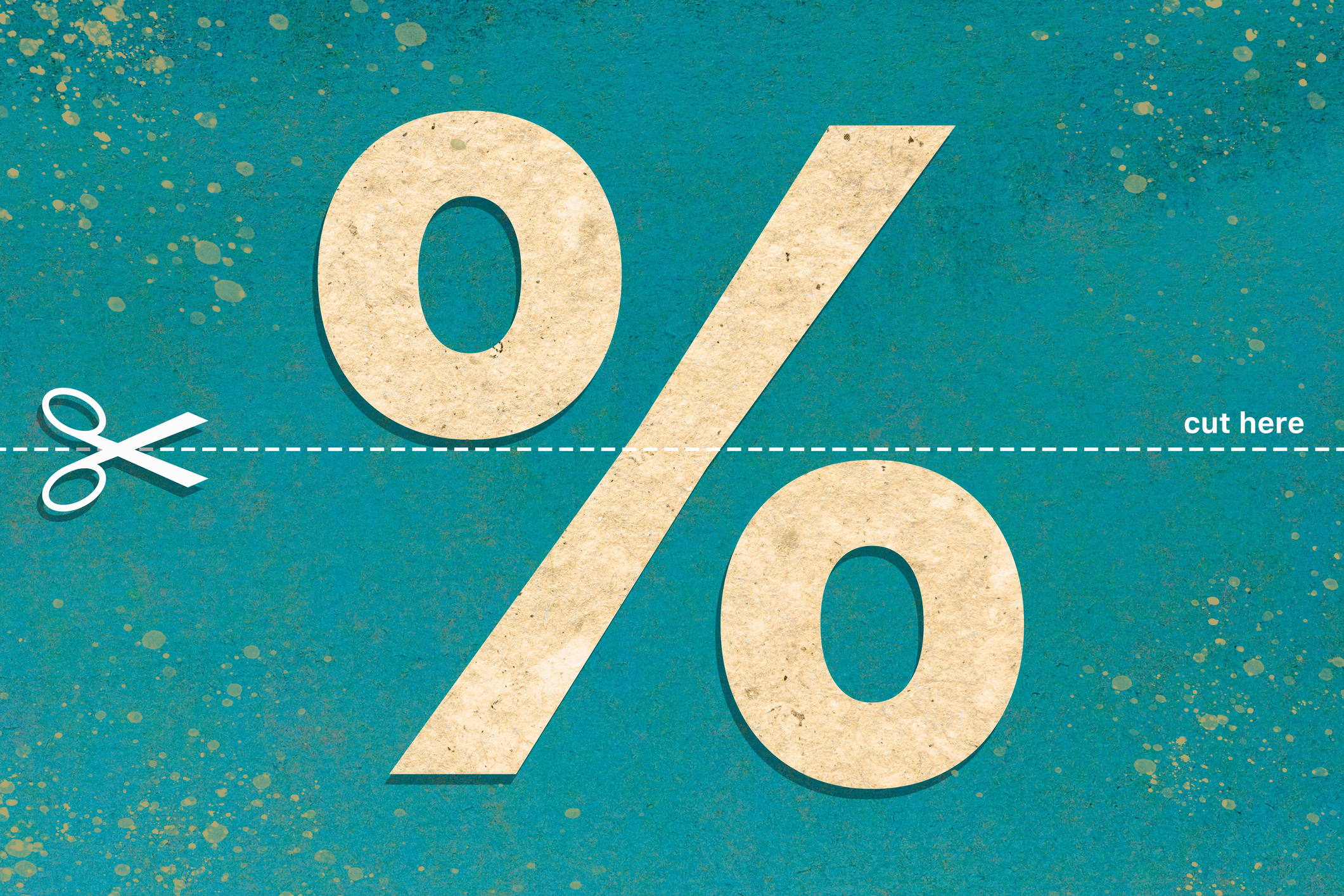How Stock Spinoffs Work — And How They've Performed
In theory, stock spinoffs should reward investors, but performance is mixed.


Anyone who has watched Better Call Saul or Frasier is familiar with the spinoff concept, in which characters from an existing series branch off in a new show with a different story line. It works sort of the same way in corporate America with stock spinoffs, when firms split off a part of their business into a new, publicly traded company, usually via a tax-free distribution of the stock to shareholders of the original firm. The idea: Capitalize on a sum-of-the parts strategy, in which an undervalued business unlocks value under a new, simplified structure.
Stock spinoffs had a strong 2022, although momentum has slowed some this year. Last year, U.S. companies announced 44 spinoffs and completed 20, totaling $61 billion in market value, according to Goldman Sachs. So far this year, through mid July, nine U.S. spinoffs have been completed, according to financial information provider Dealogic.
In theory, stock spinoffs should be rewarding. Managers of the new company are unfettered by the old organizational chart and are often motivated by performance incentives in a way that was impossible in a bigger company. And the market may assign a higher valuation to businesses that are less complex and easier to understand, whereas conglomerates can be penalized.
From just $107.88 $24.99 for Kiplinger Personal Finance
Become a smarter, better informed investor. Subscribe from just $107.88 $24.99, plus get up to 4 Special Issues

Sign up for Kiplinger’s Free Newsletters
Profit and prosper with the best of expert advice on investing, taxes, retirement, personal finance and more - straight to your e-mail.
Profit and prosper with the best of expert advice - straight to your e-mail.
In truth, performance is mixed. GE HealthCare Technologies (GEHC) is up 39% since it began trading on January 4. But ZimVie (ZIMV), a dental and spinal treatment offshoot of medical-devices giant Zimmer Biomet (ZBH), has lost 64% of its stock value since March 2022. "Spinoffs are not a sure bet," says Jim Osman, founder and chief executive of The Edge Group, a firm specializing in fundamental analysis of spinoffs and other special situations.
Yet, he says, because spinoffs are smaller firms that are under-followed by analysts, investors have more chances to uncover index-beating returns. And spinoffs can be bargains. In a spinoff distribution to parent-company shareholders, "investors gain these shares by default and sell them in the open market pretty much immediately, often making them cheap companies that no one is looking at," says Osman. "It's at this point where X marks the spot and you should start digging."
Keep an eye out for these upcoming stock spinoffs
A number of high-profile spinoffs are expected later this year. Osman likes the chances for a few and suggests buying the parent company, pre-spinoff. Among them are Dow Jones stock 3M (MMM, $112), which will spin off its healthcare division. The new company will be focused on wound care, healthcare IT, oral care and filtration products used in the biopharma industry.
Danaher (DHR, $255) is shifting toward becoming a pure healthcare stock, so it is spinning off its Environmental and Applied Solutions division, with businesses aimed at protecting resources, including global food and water supplies.
Kellogg (K, $67) will split in two, separating its snack and plant-based food business (including Cheez-It and MorningStar Farms) from its North American cereal unit (Frosted Flakes, Special K).
For a diverse portfolio of companies that have already been spun off, consider the exchange-traded fund Invesco S&P Spin-Off (CSD, $60), with an expense ratio of 0.65%. The portfolio adds spinoffs with at least $1 billion in market value and holds them for four years. It uses a modified market-cap weighting, which skews the portfolio a bit toward larger holdings without allowing assets to concentrate in only the biggest names. The fund's one-year gain of 10.6% ranks it within the top 21% of mid-cap blend funds.
Note: This item first appeared in Kiplinger's Personal Finance Magazine, a monthly, trustworthy source of advice and guidance. Subscribe to help you make more money and keep more of the money you make here.
Related content
Profit and prosper with the best of Kiplinger's advice on investing, taxes, retirement, personal finance and much more. Delivered daily. Enter your email in the box and click Sign Me Up.

Anne Kates Smith brings Wall Street to Main Street, with decades of experience covering investments and personal finance for real people trying to navigate fast-changing markets, preserve financial security or plan for the future. She oversees the magazine's investing coverage, authors Kiplinger’s biannual stock-market outlooks and writes the "Your Mind and Your Money" column, a take on behavioral finance and how investors can get out of their own way. Smith began her journalism career as a writer and columnist for USA Today. Prior to joining Kiplinger, she was a senior editor at U.S. News & World Report and a contributing columnist for TheStreet. Smith is a graduate of St. John's College in Annapolis, Md., the third-oldest college in America.
-
 'Humbug!' Say Consumers, Despite Hot GDP: Stock Market Today
'Humbug!' Say Consumers, Despite Hot GDP: Stock Market Today"The stock market is not the economy," they say, but both things are up. Yet one survey says people are still feeling down in the middle of this complex season.
-
 The SEC Is Concerned for Older Investors and Retirement Savers. Here's What You Should Know
The SEC Is Concerned for Older Investors and Retirement Savers. Here's What You Should KnowThe SEC focusing on older investors, retirement and college savers, and private securities. Here's how those changes impact you.
-
 Vesting, Catch-Ups and Roths: The 401(k) Knowledge Quiz
Vesting, Catch-Ups and Roths: The 401(k) Knowledge QuizQuiz Test your understanding of key 401(k) concepts with our quick quiz.
-
 Why You Should Pay Attention to Company Guidance
Why You Should Pay Attention to Company GuidanceUnderstanding how corporate profit forecasts affect analysts’ estimates and stock ratings can help you make investment decisions.
-
 What Investors May Face in the New Year: Interview
What Investors May Face in the New Year: InterviewKeith Lerner, the chief market strategist and chief investment officer for Truist Wealth, speaks with Kiplinger.
-
 What to Make of a Hot IPO Market
What to Make of a Hot IPO MarketThis year's crop of initial public offerings could be even dicier than usual because of a skew toward tech and crypto.
-
 How to Position Your Portfolio for Lower Interest Rates
How to Position Your Portfolio for Lower Interest RatesThe Federal Reserve is far from done with its rate-cutting regime. This is how investors can prepare.
-
 A JPMorgan Fund Holds Its Own Thanks to a Focus on Quality
A JPMorgan Fund Holds Its Own Thanks to a Focus on QualityDespite its defensive characteristics, the JPMorgan U.S. Quality Factor holds up in good times and in bad.
-
 What Fed Rate Cuts Mean For Fixed-Income Investors
What Fed Rate Cuts Mean For Fixed-Income InvestorsThe Fed's rate-cutting campaign has the fixed-income market set for an encore of Q4 2024.
-
 Why I Trust These Trillion-Dollar Stocks
Why I Trust These Trillion-Dollar StocksThe top-heavy nature of the S&P 500 should make any investor nervous, but there's still plenty to like in these trillion-dollar stocks.
-
 Hang in There With This Value Fund
Hang in There With This Value FundPatience is required for investors in the Dodge & Cox Stock Fund, but its long-term outperformance proves it's worth the wait.